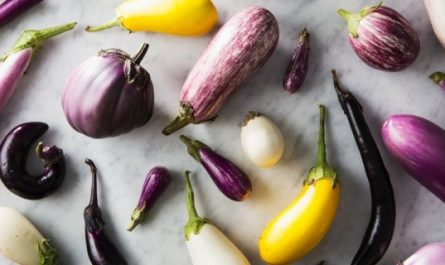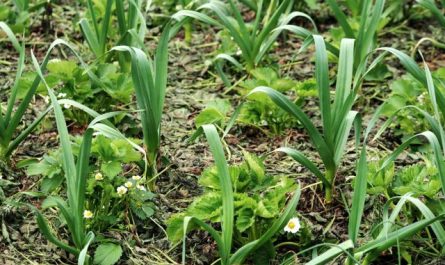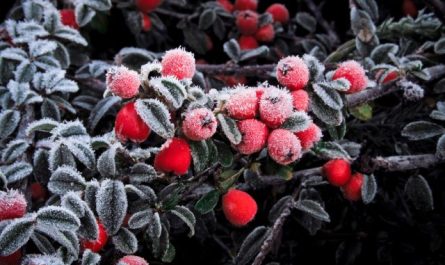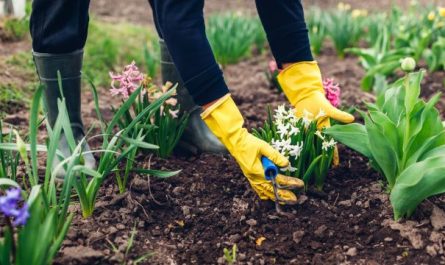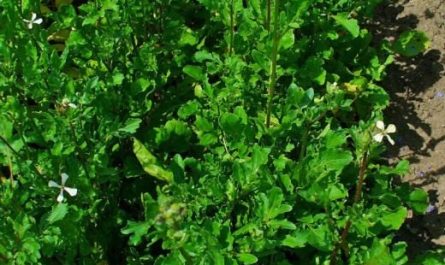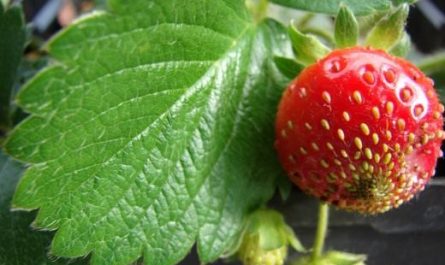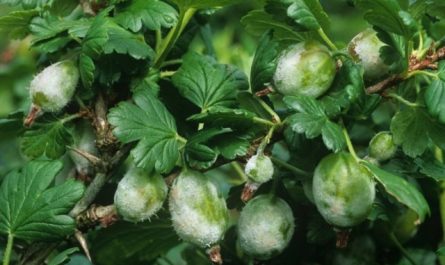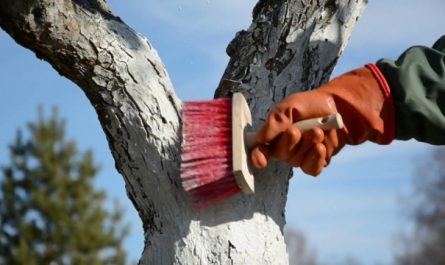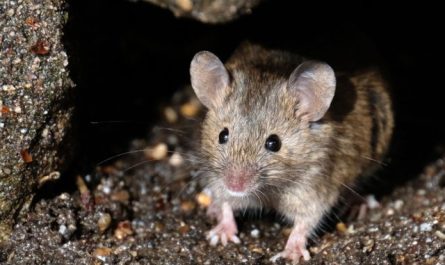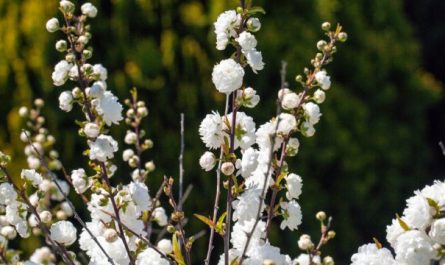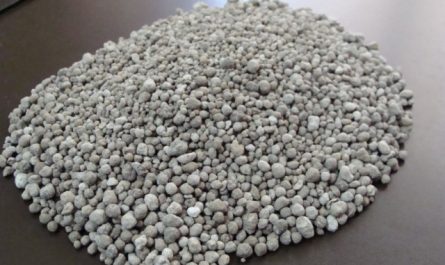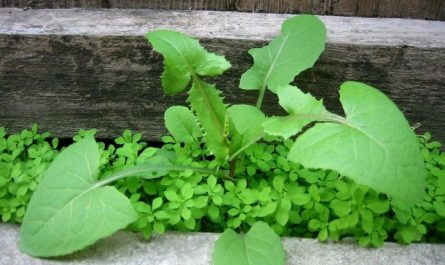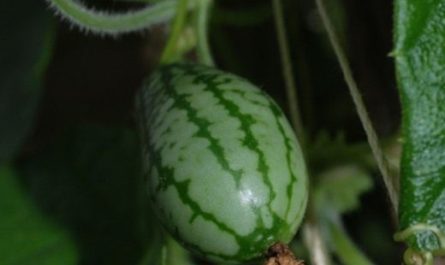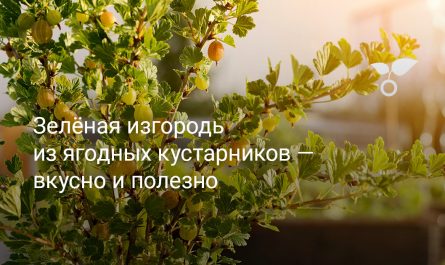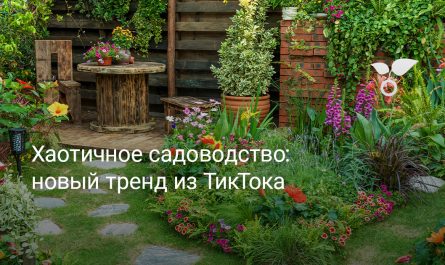Mutually beneficial relationships are always the best solution. In nature, this mechanism has long been developed and is used in completely different areas. For example, bees and plants: plants give pollen and nectar to bees, and they give them pollination. Or ant herds: ants protect aphids, and aphids give ants a treat. And for such low-mobility creatures as fungi and algae, mutual cooperation simply begged to happen. Begged to happen. Lichens appeared. This article will discuss lichens on fruit trees: what kind of amazing creatures are these, why do they appear in the garden, and how should we treat them?

Who are lichens and where do they live?
Cohabitants. The main composition is fungi with algae. Sometimes the third component is cyanobacteria. In such cohabitation, the “leading and guiding” role belongs to fungi. In many ways, the process resembles people raising livestock not for slaughter, but for obtaining products: eggs, for example, milk or honey. However, the process can also be compared with gardening.
The fungus “captures” the algae, provides them with conditions for life, nutrition and reproduction. The algae, photosynthesizing, produce carbohydrates, which the fungus feeds on. That is, the fungi are millions of years ahead of gardeners, “figuring out” that for regular nutrition they need to take the process into their own hands. In the case of fungi – hyphae. Millions – because the earliest fossil lichens found (already full-fledged!) are more than 400 million years old.
During this time, the processes have been worked out, the most diverse spaces have been mastered: lichens grow and flourish in conditions that are completely unbelievable for other vegetation. On stones – easy! In the zone of tides and floods – easy! There is even an aquatic lichen. There are a huge number of lichens on the soil and on trees. Lichens also populate objects and buildings abandoned by people, including those made of synthetic materials.
The main condition of the habitat is that it should be motionless for a long time. Or very slowly moving, like old growing plants. Living creatures running back and forth are very inconvenient for lichens because of the constant change in lighting. Algae cannot function normally in such conditions.
The remarkable properties of easily releasing moisture and “preserving” themselves for dry and cold periods allow lichens to live even in arctic deserts. Cryoprotective substances contained in mushrooms help them not to freeze at all.
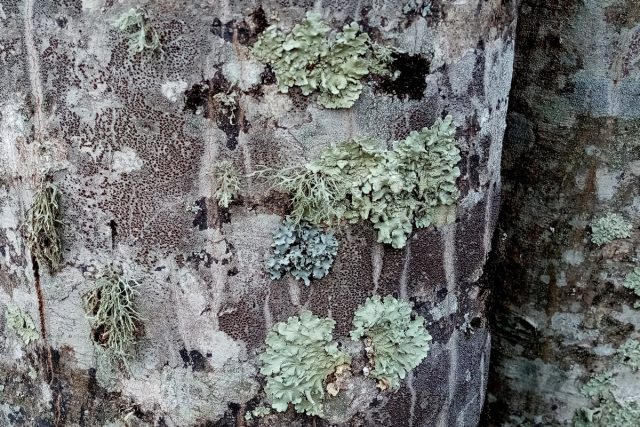
Details of the “personal” life of lichens
The basis of the fungus is hyphae. Thread-like formations that the fungus uses depending on the situation. In the case of lichens, the hyphae completely build a “dwelling” for the algae, protecting them from drying out, excessive solar radiation, and external influences. Hyphae serve as a support, holding the lichen on the surface. Hyphae work as “food pipes”, taking carbohydrates from the algae. Hyphae concentrate and retain water with minerals, extracting them literally from the air – that is why there are many times more lichens where the air is humid. With the help of hyphae, the fungus can move the algae in the right direction. And it also grows with hyphae. Universal formations.
The fungus can also force algae to actively divide by supplying the algae with some kind of hormone analogues.
Of course, fungus + algae is a simplified representation. Inside and on the surface of lichens live a huge number of different bacteria, yeast fungi, responsible for fixing atmospheric nitrogen, producing growth regulators, vitamins, antibiotics, ethylene, hormone-like substances. That is, “servicing” the plantation.
These are the functions that are already known, but there is still a lot of work to do in this direction: many bacteria and yeasts have been found but not identified. And it is not yet clear: does the fungus itself select, or do the microorganisms settle there by chance. Their communities in the lichen are structured very suspiciously. Not a simple fungus!
Lichens are easily cloned: a torn piece of lichen takes root well in a new place, if it is more or less suitable. If it is unsuitable, it will be preserved and wait. The fungus itself can reproduce by spores. But then, having grown a little stronger, it needs to look for algae. If the algae cells are within reach, the fungus will reach them with hyphae. Lichens sometimes grow daughter structures for reproduction in the form of easily separated algae, or cyanobacteria, entwined with the fungus. And lichens growing nearby, having reached each other, can exchange genetic information. The children then differ from the parent.
Lichens grow slowly, from tenths of a millimeter per year in Spartan conditions to several centimeters per year in the tropics. But they live a long time – a 4500-year-old one was found in Greenland.
The details of the personal lives of lichens are incredibly interesting, but gardeners are concerned with more practical questions: what do lichens look like, why do they settle on fruit trees, and how should they be treated?
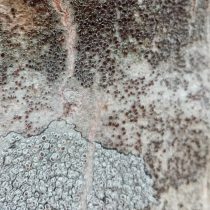
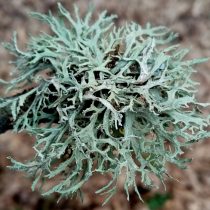
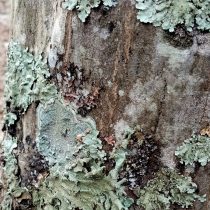
Which lichens can be found on fruit trees?
Lichens look different, depending on what specific type of fungus they are formed by and with whom it coexists. In lichenology (the science of lichens), it is common to divide them by appearance into the following types:
- Scale – tightly, solidly attached to the surface. For example, Candelariella aureum (Candelariella vitellina), found on fruit trees and berry bushes. Or Lecanora flea (Lecanora pulicaris) – same place.
- Foliate – in the form of leaves or plates. Often found on fruit trees Melanochaleya aspera (Melanohalea exasperata). Hypogymnia physodesotherwise monk’s hood lichen (Hypogymnia physodes), found on pome fruits, stone fruits, and berries.
- Bushy – consisting of many branches, sticking out or hanging down. Often found in the garden – Evernia prune, or oak moss (Evernia prunastri), which has taken a liking to both pome and stone fruits.
This is, of course, general information; in a single garden you can find 30 different species. Even on one tree, a whole collection is sometimes picturesquely located. Most lichens are not so easy to identify accurately; gardeners just need to understand what they are dealing with.
Crustose lichens adhere to the bark most tightly, they are the most difficult to separate from the bark. Bushy lichens are the easiest to tear off, they are often attached at one point.
Why do they settle on trees and bushes?
We live in the foothills, in a river valley. Winter is warm, humidity is always high. There are an incredible number of lichens and mosses – all sorts of different ones. On stones, on trees, on the soil, on the slate of old buildings, on old wooden fences.
In gardens – no less, especially in old ones. They are found on any wood that has stopped growing actively. After all, they do not like any special changes.
The essential conditions for the settlement of many species on the bark are:
- its acidity level (the surface must be acidic). Young trees have high acidity of the bark, but they grow intensively. And their bark is alive, actively growing. But on the old cracked bark with corky areas, cellulose-destroying fungi settle, acidifying the upper layers, on which, in turn, lichen settles.
- availability of available forms of nitrogen – this indicator is usually higher in shrubs and the diversity of lichens inhabiting them is quite large. In addition, there are more available forms of nitrogen on cracked rough bark. And on plants overfed with nitrogen too.
- the presence of water-soluble substances secreted by the bark, containing carbon – this is for bacteria for photosynthesis. The bark, even old, actively “breathes”, secreting both nitrogenous and carbon compounds and much more.
- illumination – lichens settle more readily on horizontal branches of a sparse crown. Branched ones stick up or hang down, trying to catch the maximum amount of light, crustose ones try to occupy a lighted place.
- humidity – in lowlands, in dense plantings, in dense crowns, near groundwater, in unventilated areas, lichens settle more often.
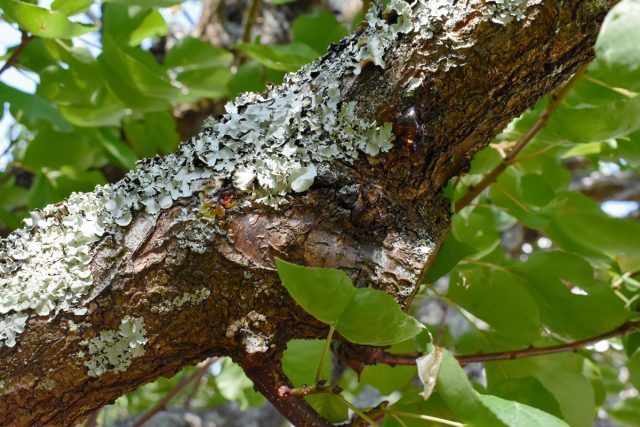
How do they affect plants?
Tree bark is not just a place of attachment for lichens, although this was long believed to be the case. The entire numerous population of lichen interacts with the bark, and quite actively.
On the one hand, the lichen protects and defends its habitat – it takes a long time to grow, and it cannot run from place to place. Under the surface of the lichen, the processes that destroy wood are noticeably slower. For this, the microorganisms inhabiting the lichen secrete a whole range of substances, including antibiotics and fungicides. In severe frosts, the lichen partially works as insulation.
On the other hand, lichen, especially crustose lichen, completely covering a tree branch, interferes with normal gas exchange in the bark. All substances secreted by the rather large population of this symbiont, including dead parts, settle on the bark and cannot help but affect it. The bark becomes loose, and if the lichen is removed in the fall, it is easily damaged by frost.
It is quite possible that the cunning founder fungus uses its metabolic products to “loosen” the bark so that the tree releases more carbon-containing compounds to activate the algae. But this is still a suspicion that cannot be attached to the case.
Lichens on fruit trees, especially leafy ones, are a refuge for numerous insects, both useful and outright pests. They cleverly hide there from the watchful eyes of birds.
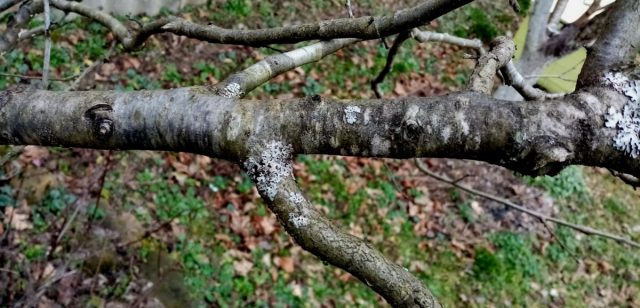
How to deal with them?
The appearance of lichens is, first of all, a warning sign. The growth processes have slowed down, and some measures need to be taken.
The first thing to do is to find out: why, in fact, did the growth slow down, and the bark became suitable for lichen settlement? Go through the points described in the section “Why do they settle on fruit trees?”
Then, depending on the situation: thin out dense crowns, stop nitrogen fertilizing, drain excess water if possible, provide ventilation, treat a diseased tree.
Pulling lichens off a tree is a barbaric method, it is better not to use it. This method is only applicable to bushy lichens, which can be peeled off with a finger. In autumn, lichens should not be touched at all – let them winter already.
I have already described our conditions. We bought a plot with a garden, most of the trees are young, but one apple tree, a cherry tree, a peach tree and a currant tree are old. Overgrown with various lichens. The first two seasons we did not touch them – we observed. We did not like the observations: the branches overgrown with lichen looked frail, bore fruit poorly, young shoots grew very weakly.
Therefore, in the spring, they did a strong pruning, whitewashed the trees with lime with copper sulfate added. The lichens died off safely and the summer rains washed away their remains along with the whitewash. By autumn, the bark had strengthened and already in the following season, the branches cleared of lichen gave good growth.
On large trees, you can’t reach everywhere with whitewash, so some branches are still overgrown with lichens. We try to rejuvenate them: we consistently cut out old branches, replacing them with new growth.
